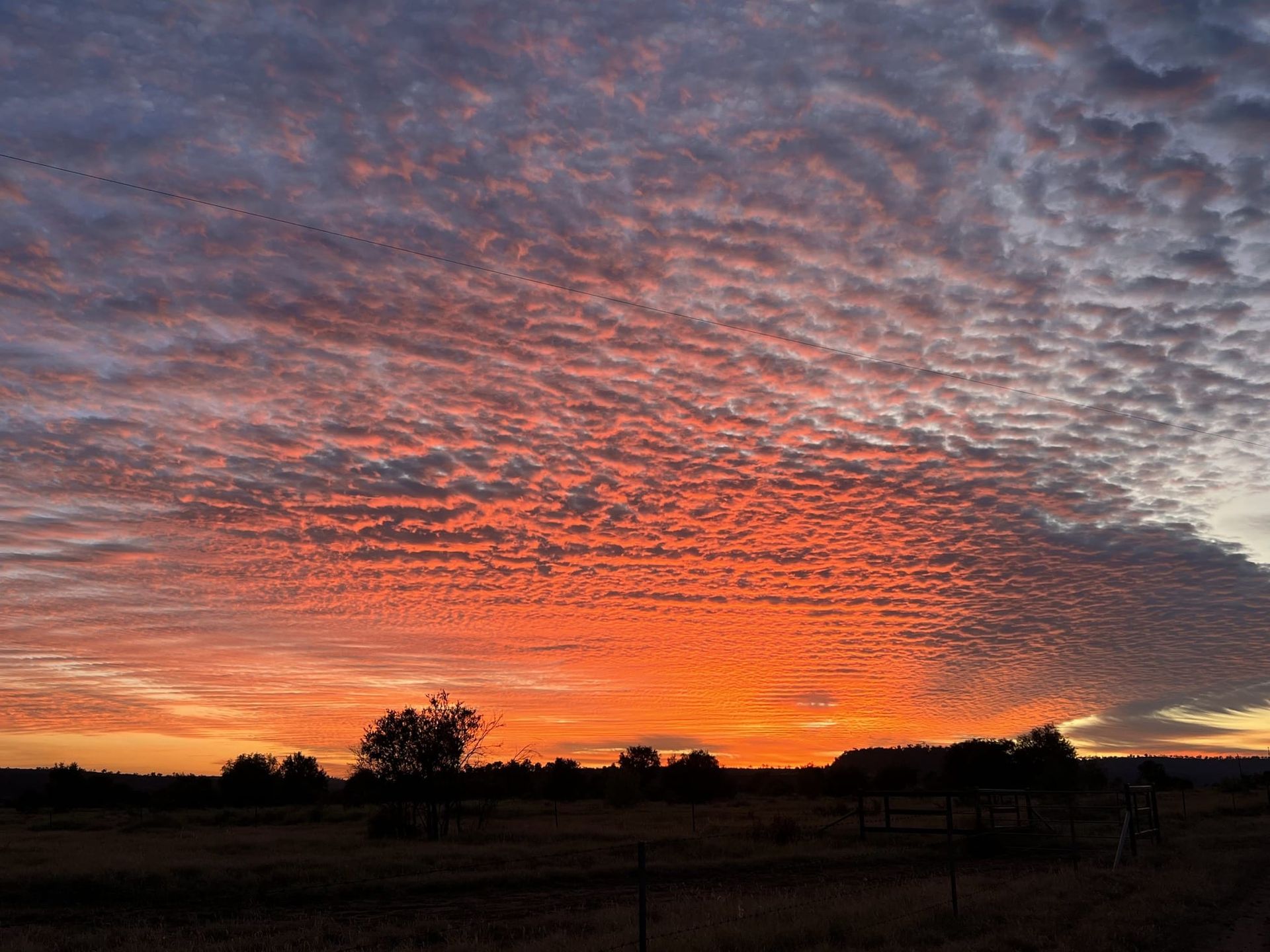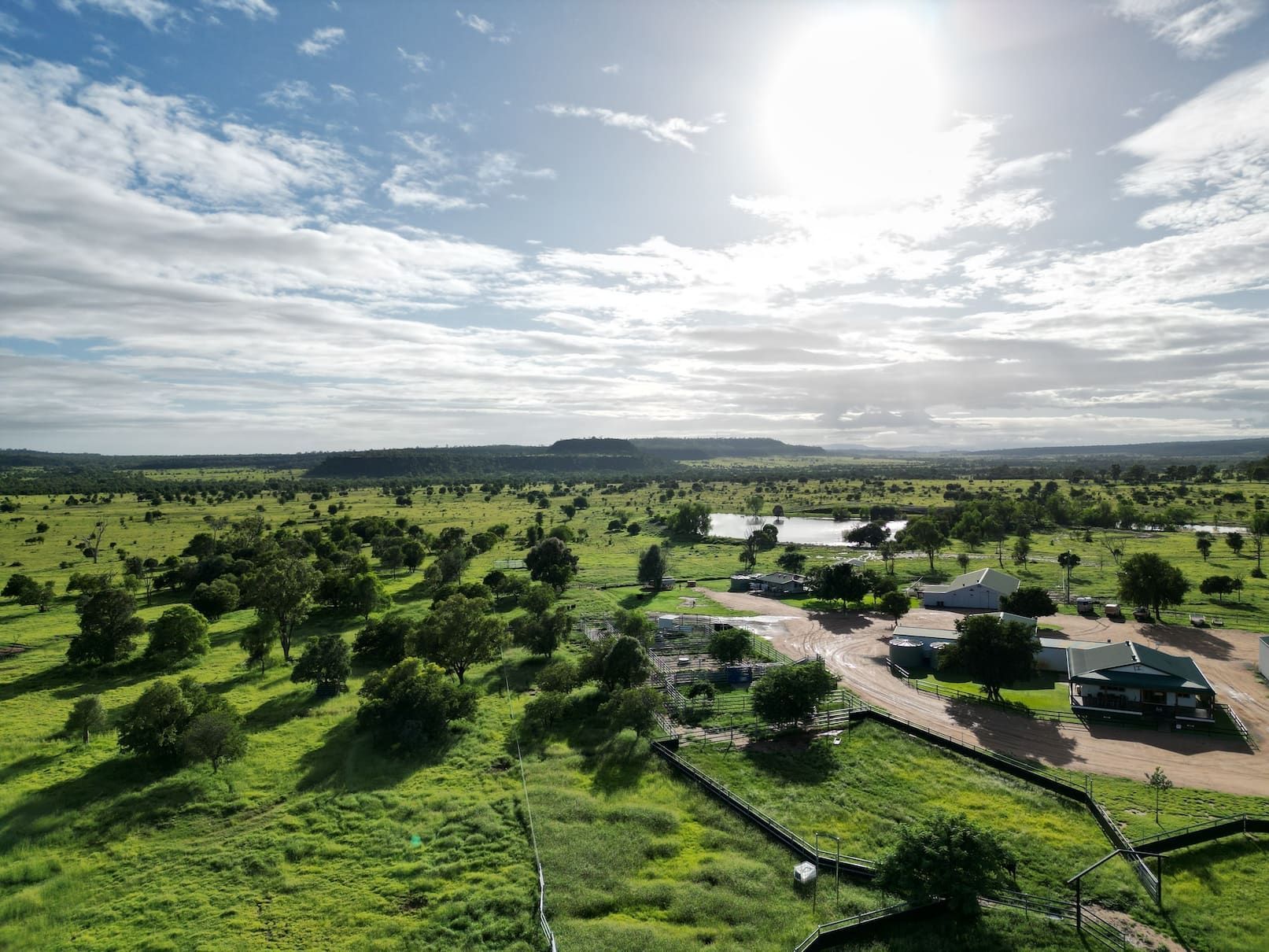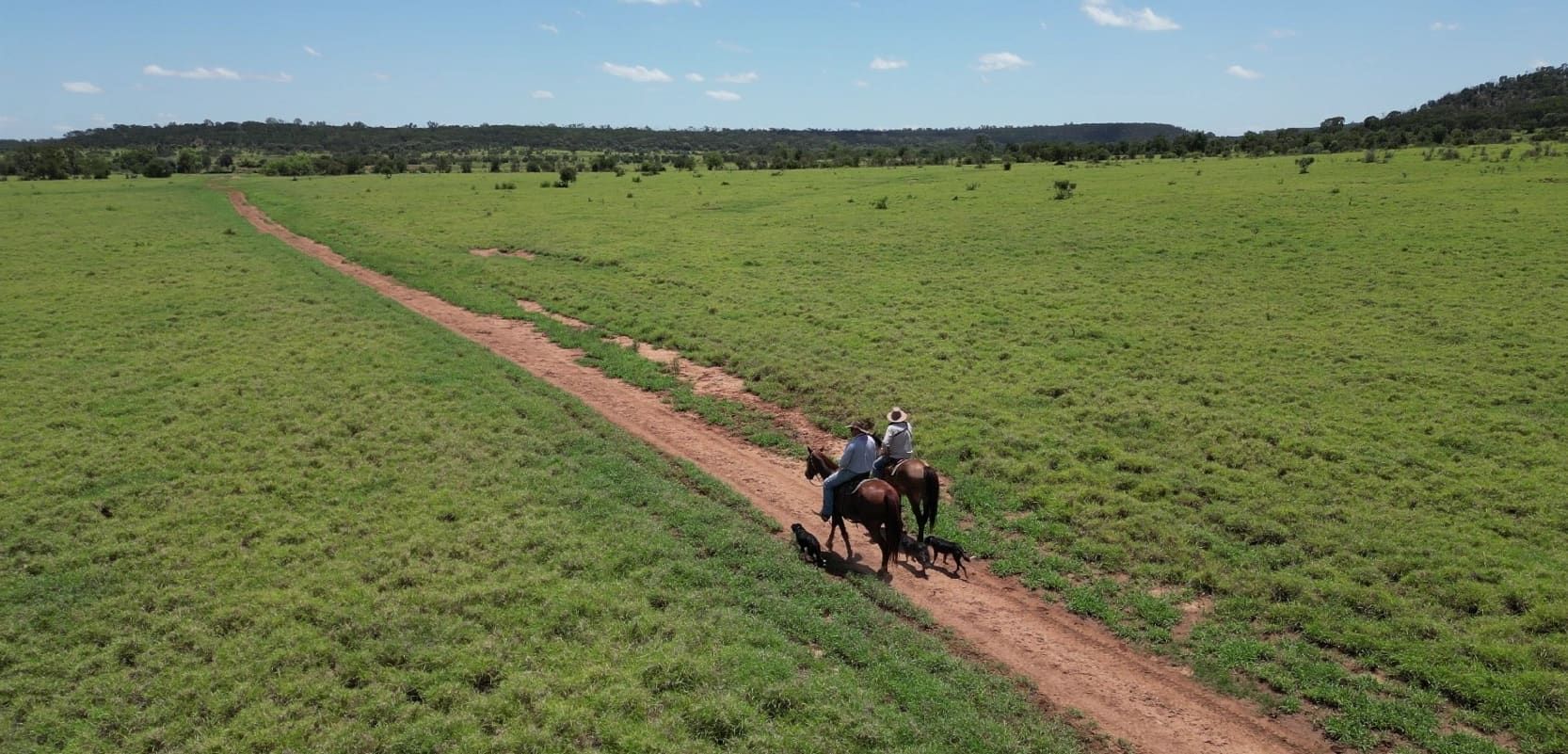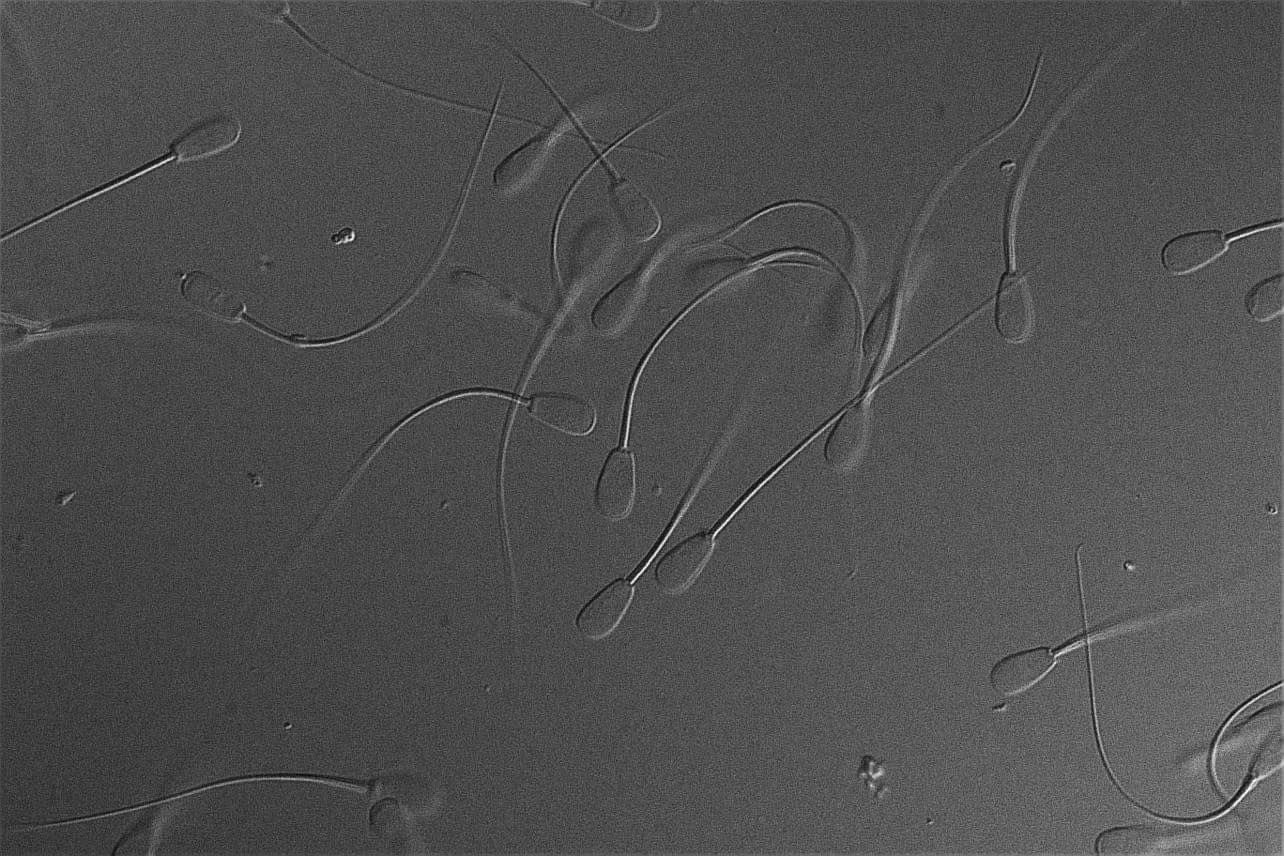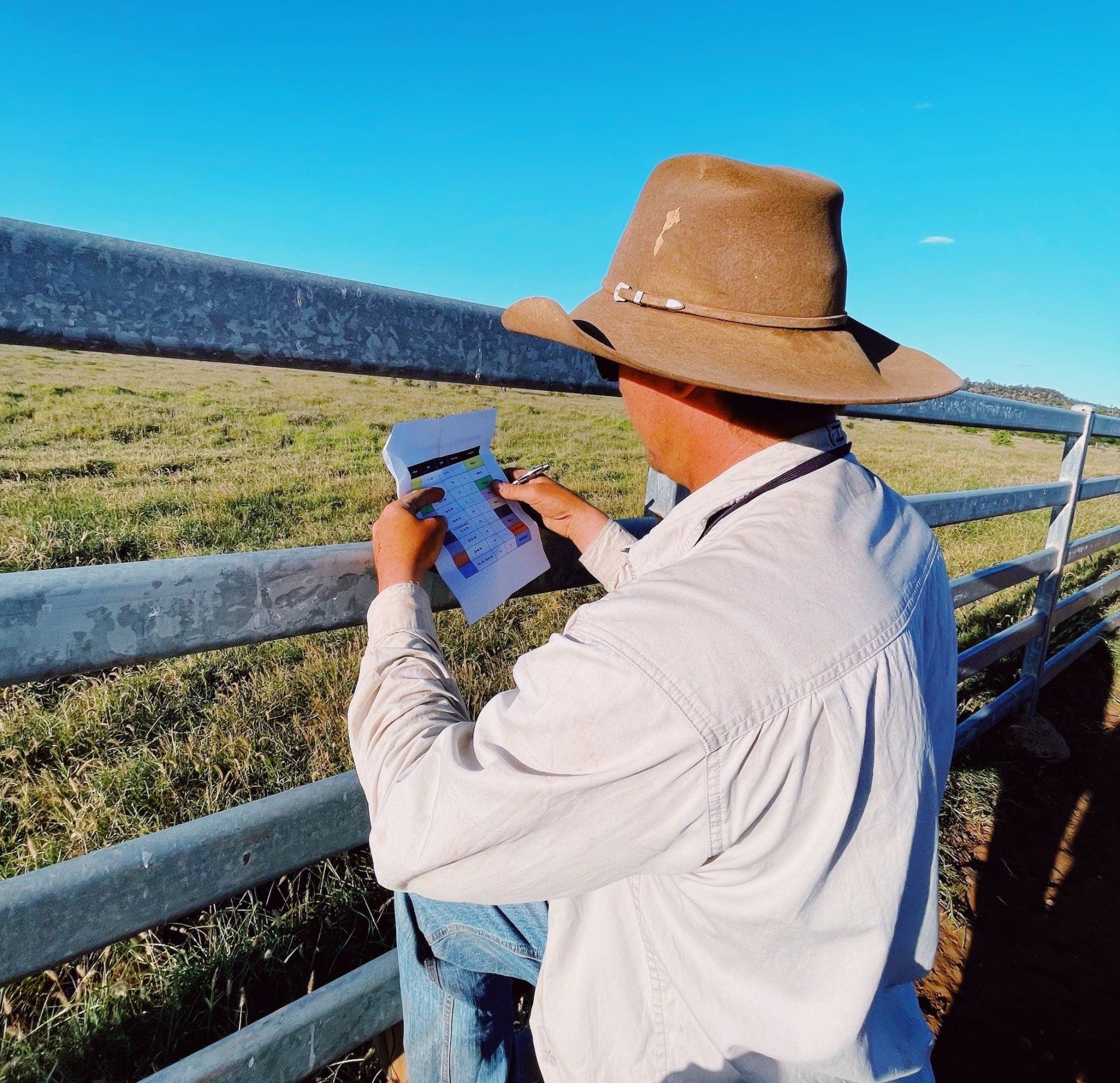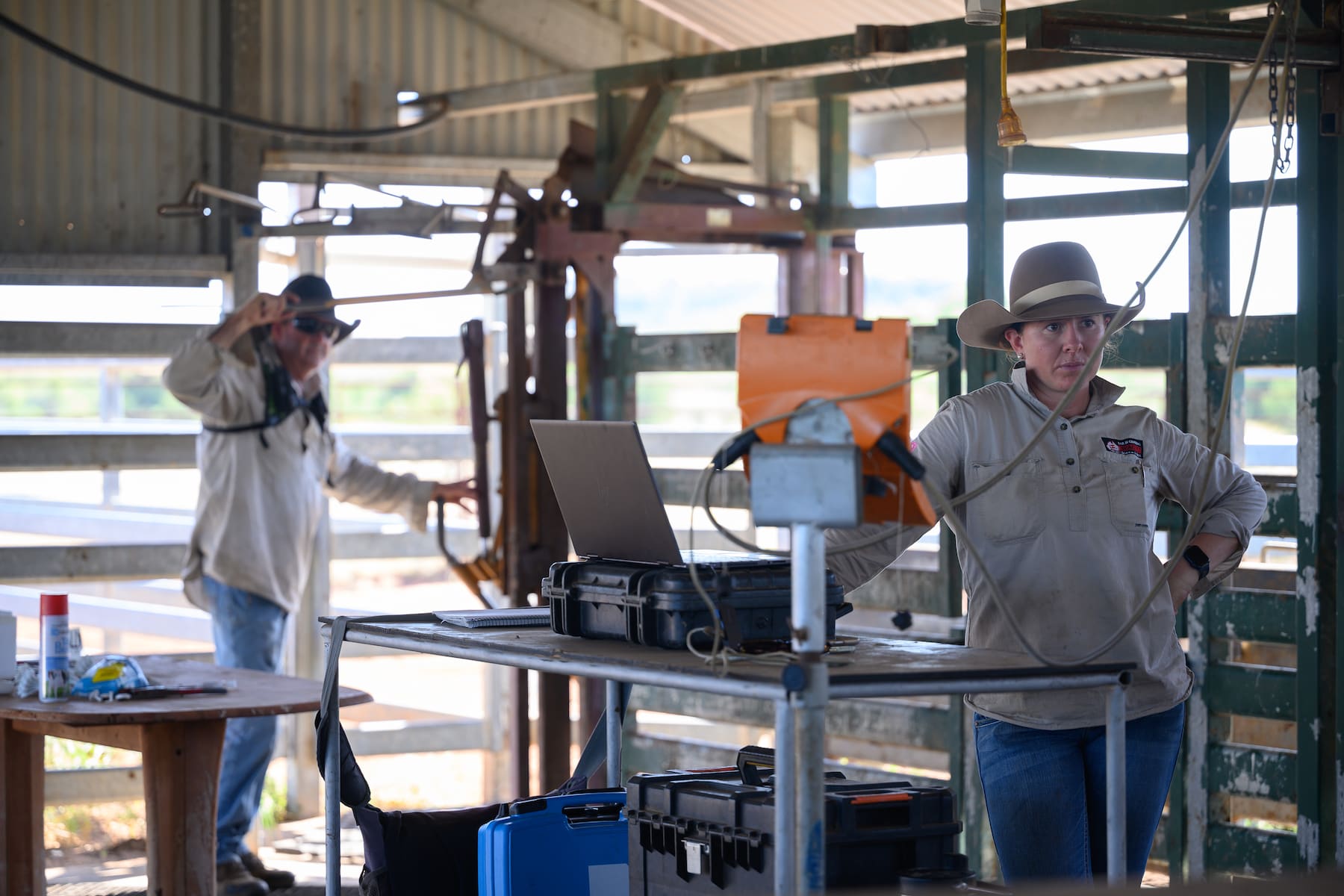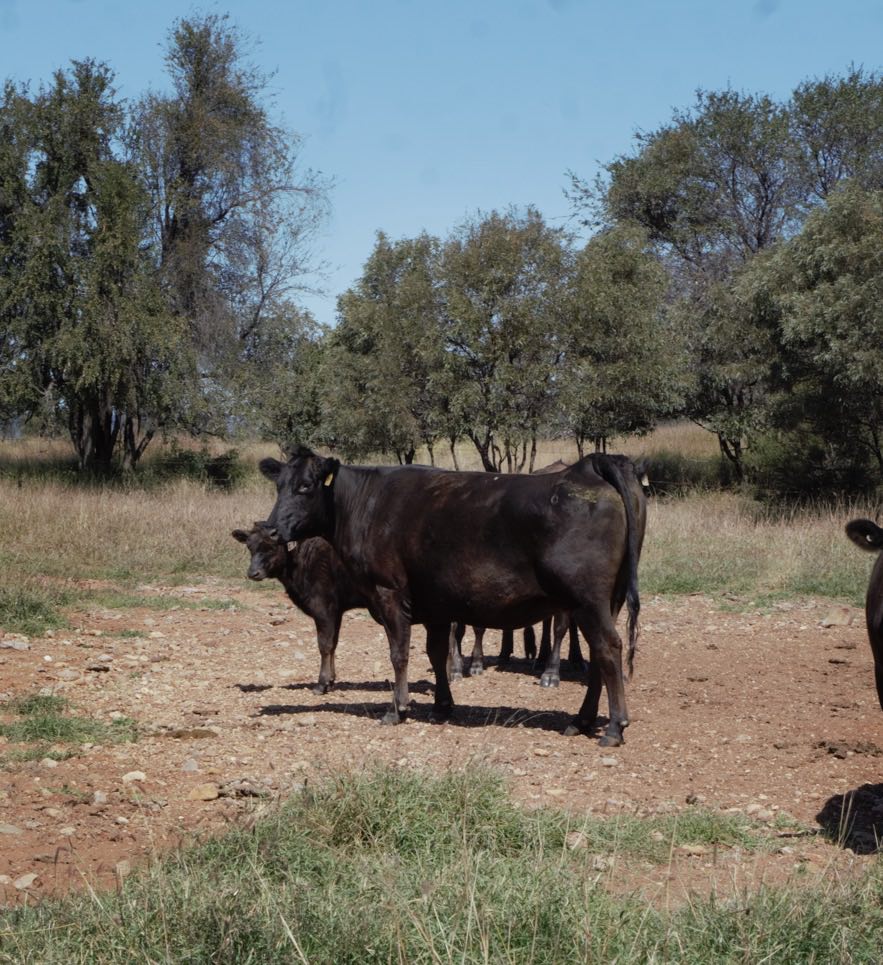DNA ®GISTRATIONS – Where to start.
As a business we receive a lot of questions from other Wagyu producers about how they go about taking the next step to submitting DNA and registering cattle. The first thing that we tell them is;
GET YOUR RECORDING RIGHT
- When collecting DNA, mixing up hair or TSU samples is easily done and hard to undo.
- A really good tip is the Allflex TSU/NLIS bundles – order your bubble packs so that the TSU runs in correlation with the NLIS tags. If you are concerned, the AWA are only a phone call away, to make sure you get it right the first time, based upon what you are trying to achieve they will make sure you get what you need not what you think you might need.
- It becomes so much more expensive to have to re-test animals because you have been rushed and not done it correctly. You are much better off getting it right the first time.
- Find a procedure crush side and stick with it.
- Tailor your operational planning and prepare your staff for branding to take longer than usual, so that it will run seamlessly without distraction.
I spoke with
Natalie Poole a Member Services Officer from the Australian Wagyu Association about this and some major misconceptions she experiences with producers DNA testing. Something that is often confused when writing your DNA request is:
- Creating the ID’s – how to build the actual ID and why to build it that way.
- To start you put your three-letter herd ident, for instance BAR.
- Then you put the expected grade of the animal, go with ‘C’ for anything you expect to be a content animal, then ‘P’ or ‘F’ for a purebred/fullblood.
- Year code next – this is vital for PVs as this is currently where the animals birth year is pulled from so that the animal is not analysed against animals as potential parents within the same birth year or younger than itself.
- Put the calves number ident at the end. For example, BAR (3 letter herd ident), F (expected grade), 23U (year letter), 5000 (drop number) – BARF23U5000
- Do not get hung up on the expected grade detail – put something it’s most likely to be – it does not have to be correct.
- Building the ident this way ensures that animals have a unique identification that will avoid having a duplicate.
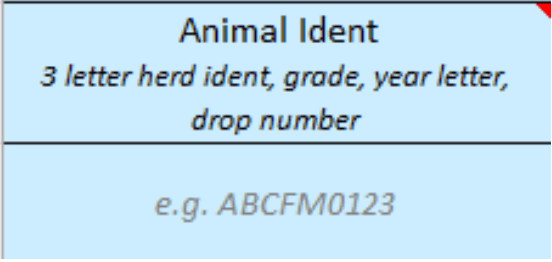
- You don’t have to be a full member to submit DNA through the AWA, however you do need to be an associate to avoid a 20% fee.
- To get your cattle genetic condition tested, the optimal and cheapest way to do it is by requesting a bundle on your first round of testing. Genetic conditions can be tested later, but the cost will be more.
- Testing on a Genomic SNP (50,000 – 100,000 markers) will allow you to have Genomically influenced EBVs, however If you test on a parentage SNP (500 markers), you can only receive results for Parent Verification.
- However, cattle can be registered on a MIP or SNP.
- Parent verification (PV) and parent discovery (PD) are two different things:
- PV is where the identified calf is verified to a nominated sire and dam, which is generally the hair/ TSU sample you submit after branding.
- PD is where the identified calf is analysed against all animals with a SNP genotype. PD is used if the animal hasn’t verified to the nominated parents, or no parents were nominated at the time of DNA request – this is done via a DNA request also, and unless something is wrong with the original sample does not require another one.
REGISTRATIONS
- To submit registrations, you need to be a full member.
- From a commercial standpoint, slaughter registering is a highly undervalued tool. It’s a great tool for producers, to register animals that you are bound to slaughter – and you are only paying for your DNA testing. Data can come back into the system seamlessly – and if you are slaughter registering F1 cattle, the carcass data can link back to the sires.
- Don’t send your animals in for registration unless they have been DNA tested. If they’ve been tested on a Genomic SNP then make sure once they’re registered, genomics has been observed. This means their entire pedigree has been analysed and that their Genomic SNP has been used to influence the EBVs. If they haven’t been and you need them to be, then contact the AWA because there’s a reason why.

IMPORTANT LINK – THE AWA MEMBER RESOURCES WEBPAGE
https://www.wagyu.org.au/for-members/forms-and-guides
This includes:
- The AWA Member Handbook (Australian)
- The AWA Fee Schedule (2023)
- Australian Animal Registration Form
- DNA Forms
Other Posts

